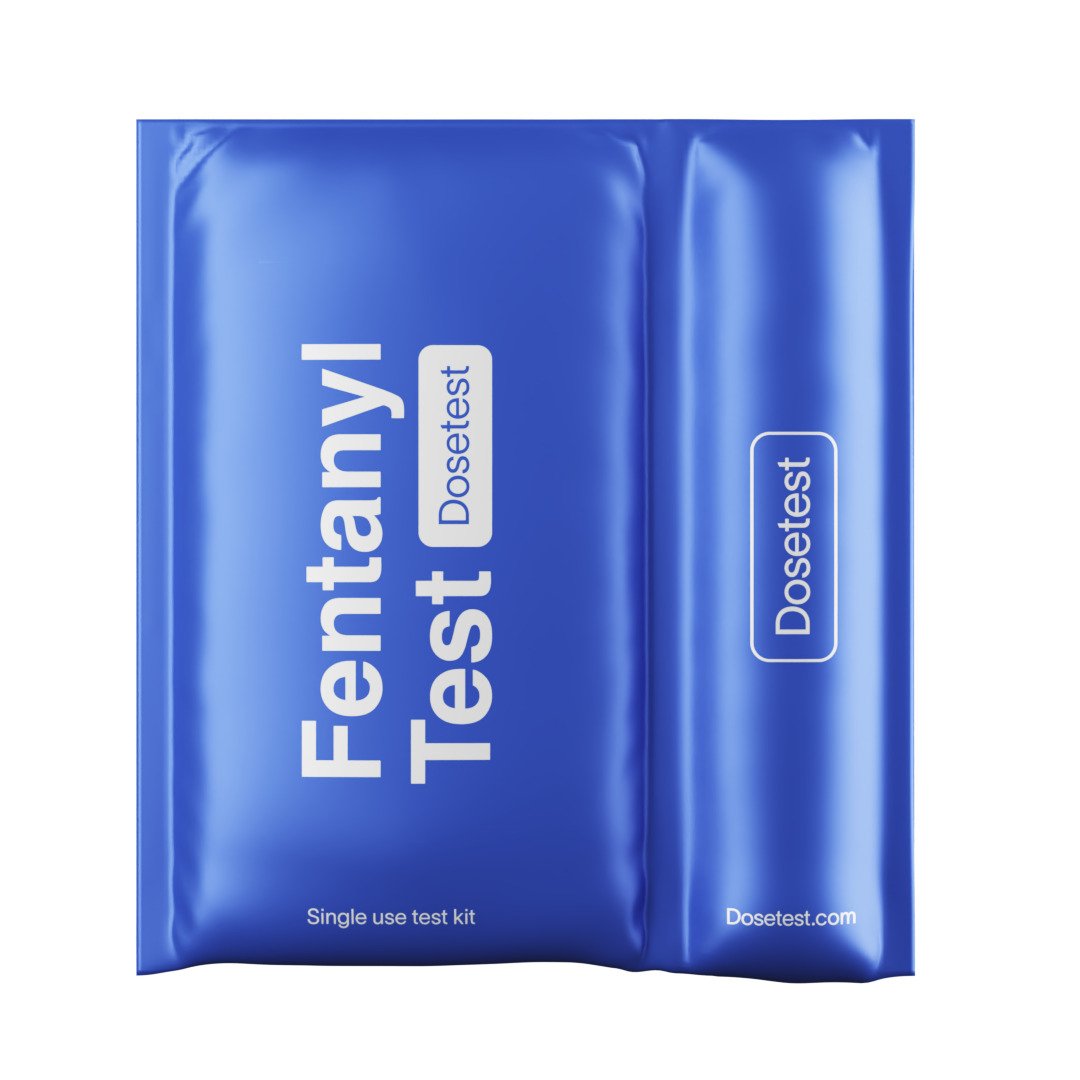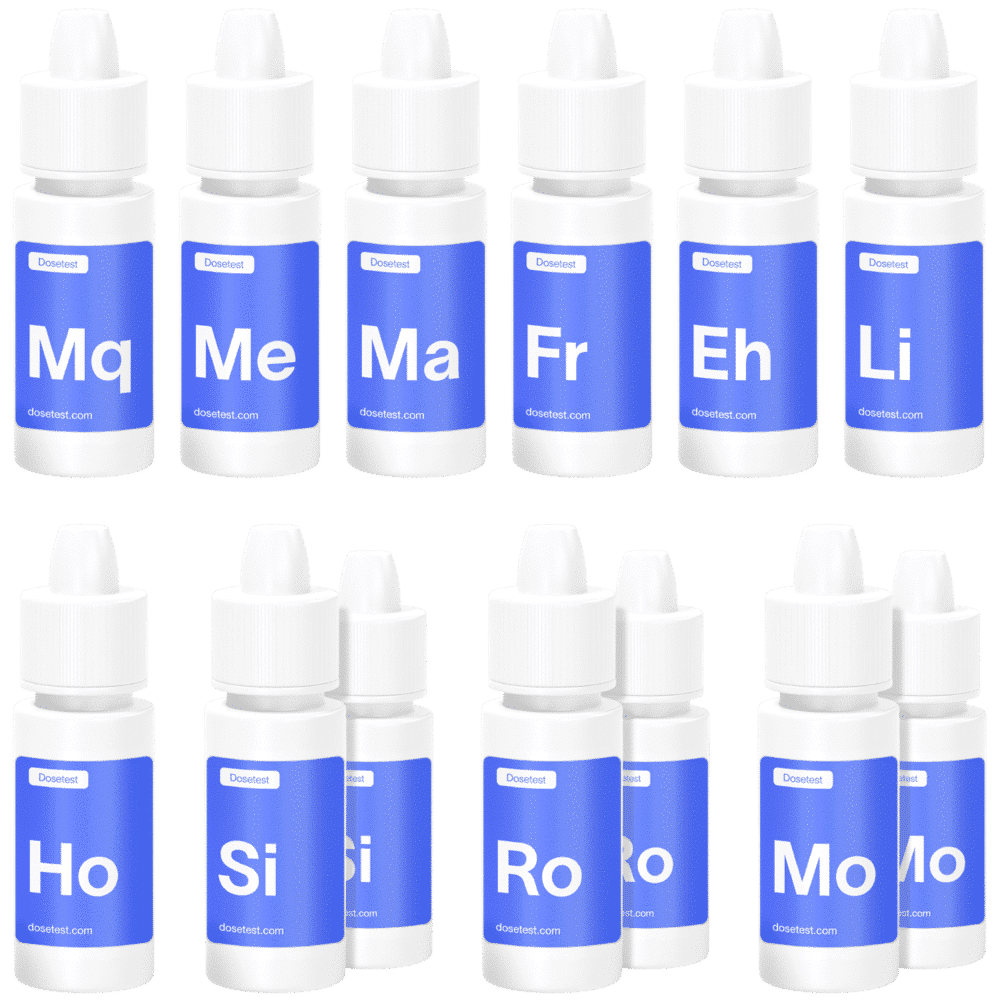What’s in your heroin?
The prodigal son of the opioid family: heroin, or diacetylmorphine, was first synthesised in London in 1874. It went on to languish in obscurity until 1897, when it was rediscovered by a Bayer chemist and marketed around the world as a less addictive alternative to morphine.
Released during the height of The Great Binge, a period of mass drug consumption that makes the 1980s look like the 1300s, Heroin™ was a smash success. It was marketed for every possible ailment for every possible patient – it may not have solved the problem, but it certainly made them feel better.
Since its subsequent ban, heroin production has been centralised to two primary regions: the Golden Triangle of Southeast Asia and the Golden Crescent, composed of Pakistan, Afghanistan and Iran. A large and growing North American market has also led to mass-production in Mexico and Colombia, but this has not yet reached the same scale.
Centralising production like this means that the heroin supply chain is one of the longest in the drug world, so by the time it makes it to street-level it may have been adulterated multiple times over.

The Golden Crescent (left) and Golden Triangle (right)
In short, we don’t know any more than you do (and neither does your dealer). Without testing your stash, you have no way of knowing for sure what it actually contains. Ideally this would be done by submitting it to a lab-based service, but in lieu of professional testing we would recommend the use of fentanyl strips or other reagents to test your supply yourself.
While we can’t tell you what’s in your stash specifically, we can look at the results of extensive testing around the world to get an idea of what adulterants are in circulation.
Adulterants vary from place to place, even from batch to batch, but there are a few that tend to crop up more than most. Here’s a (non-exhaustive) list of some particularly common or dangerous problems that have emerged over the years:
Manufacturing impurities
These are substances which end up in the final product accidentally, a result of imperfect synthesis and lack of quality control. While these substances themselves usually don’t present much particular risk (relative to heroin, that is), they are responsible for variation in purity even among “unadulterated” supplies. These irregularities alone have been responsible for many deaths: someone who is used to getting <50% purity and comes across something much stronger might unwittingly take double their usual dose. Common substances in this category are acetylcodeine, 6-monoacetylmorphine (6-MAM), noscapine and papaverine.
Inert cutting agents
These are used specifically to bulk out the material of heroin, providing little psychoactive effects in themselves. While many substances could be used in this way, by far the most common is paracetamol. Since paracetamol is commonly used at much higher doses (often multiple grams per day) and can be trusted to be dosed correctly and prepared sterilely, it is an ideal choice for this role. Other common choices include synthetic sugars such as mannitol or xylitol.
Caffeine
Caffeine is a mainstay of adulteration in many substances, but while its potent stimulant effects may make sense in cocaine or amphetamines, it’s less obvious why someone might add caffeine to their heroin.
Counterintuitively, this adulteration appears to be a deliberate quality-of-life choice by manufacturers, bringing down the vapourisation temperature of heroin and making it easier to use for those who elect to smoke it rather than snorting or injecting.
Fentanyl & its analogues
This is the one everybody’s worried about. Throughout North America, examples have emerged both from tested samples and, sadly, autopsies, of a potent synthetic opioid called fentanyl (and its derivatives).
The fentanyl family are not particularly new substances – fentanyl itself has been used for decades, and its big brother carfentanil, 100 times stronger still, is used to tranquilise anything from elk to elephants. In the last few years, however, they have begun to be synthesised widely for use as either an adulterant or substitute for heroin.
This cheap, powerful substance could be added to heavily-adulterated heroin to create the illusion of a purer batch, or mixed in with inert powders to create a heroin-like cocktail containing none of the real stuff at all. However, fentanyl’s potency means that we run into two lethal problems with this approach:
You need to get the numbers exactly right. Not being specific enough in your doses can be the difference between a dose indistinguishable from regular heroin and a fatal overdose. We’re talking about microgram measurements here (millionths of a gram), so even the most conscientious dealer would need laboratory-grade equipment to get this right.
Uneven distribution. Sprinkling a little fentanyl into a batch doesn’t guarantee that every dose will have the same amount in it. Even from the same batch, one dose might be weaker or stronger than the next.
Fentanyl and its derivatives also present a whole other concern, one of “partial cross-tolerance”. Over time, someone who uses heroin regularly will develop a tolerance to it just as a regular drinker or weed-smoker does – we would assume that this tolerance carries over to fentanyl, but this isn’t necessarily the case. Someone who has significant tolerance to heroin will also have some tolerance to fentanyl as a result, but it is much lower – this means that the greater your tolerance (and therefore the greater your regular dose), the greater the difference the presence of fentanyl will make.
It’s difficult to overstate the dangers posed by the widespread introduction of fentanyl into the heroin supply, and we have already seen the worst-case scenario play out across countless individual tragedies throughout the USA and Canada.
Other markets appear to have been more resistant to the rise of fentanyl for the moment. Fentanyl is present and just as lethal in these markets (over 300 people in 3 years died of fentanyl overdose in Sweden, and fentanyl overdoses in the UK climbed from 8 in 2008 to 135 in 2017), but it has generally been sold as fentanyl, rather than being surreptitiously mixed into the heroin supply. This factor is the difference between a few hundred deaths and tens of thousands.
What do the statistics show?
- Canada
Get Your Drugs Tested is an organization in Vancouver that offers both walk-in lab-testing, as well as offering Canadians a postal drug-testing service.
Out of 180 samples initially believed to be heroin, 102 tested positive for fentanyl or its analogs upon analysis.
Other common adulterants in the 180 samples were caffeine (found in 116 samples), mannitol (27), inositol (13), xylitol (13) & erythritol (12).
Insite & Vancouver Coastal Health: Insite is a Drug Consumption Room in Vancouver, where drug users can take drugs (primarily heroin) under medical supervision.
In tests performed from July to August 2016, they found that 90% of samples tested contained fentanyl or one of its analogs.
“These initial results confirm our suspicion that the local drug supply is overwhelmingly contaminated with fentanyl,” says Dr. Mark Lysyshyn, a medical health officer with Vancouver Coastal Health (VCH).
An even-larger study was conducted near the end of 2017 at two consumption sites in Vancouver.
Over the first six months of the study, researchers tested 1006 samples sold as opioids: only 186 were found to contain detectable amounts of heroin, but 888 samples tested positive for fentanyl.
Of the 822 samples specifically sold as heroin, only 109 contained heroin in any amount.
Colombo Plan & NMS Labs, in a 2017 study, collected a total of 431 samples from Vermont & Kentucky.
Upon analysis, 64 of the samples tested contained 9 or more different substances.
“In addition to fentanyl, the additional components included adulterants (eg, acetaminophen, aminopyrine, diltiazem, diphenhydramine, dipyrone, levamisole, phenacetin, quetiapine, and others), controlled drugs (eg, cocaine, heroin), and impurities from the heroin-manufacturing process (eg, acetyl codeine, noscapine, papaverine.”
- Denmark
Skyen, is a Drug Consumption Room in Copenhagen, where drug users can dose under medical supervision. Recently they ran a pilot study testing the samples they received.
In 30 samples of white heroin, there was only one sample that was not adulterated or mis-sold.
The most common adulterant was caffeine (found in 77% of samples), followed by paracetamol (40%), sugar (23%), dextromethorphan (7%) and 3% were simply “Fake”.
In 34 samples of brown heroin, all samples were adulterated or mis-sold. The most common adulterant was Paracetamol (97%), followed by Caffeine (94%), Dextromethorphan (3%) and 3% were “Fake”.
Note: The lab testing technology used was FTIR, which won’t detect substances that are present in less than 5-10% of the sample.
- Cut Report
- Misuse of fentanyl and fentanyl analogues January 2020
- 86% of drugs checked at Insite contain fentanyl
- Drug checking reveals more than half of all substances on the street not what expected
- The emerging role of toxic adulterants in street drugs in the US illicit opioid crisis
- Drug Consumption Room Skyen Report
- UNODC on cutting agents
- Heroin/fentanyl cross-tolerance


